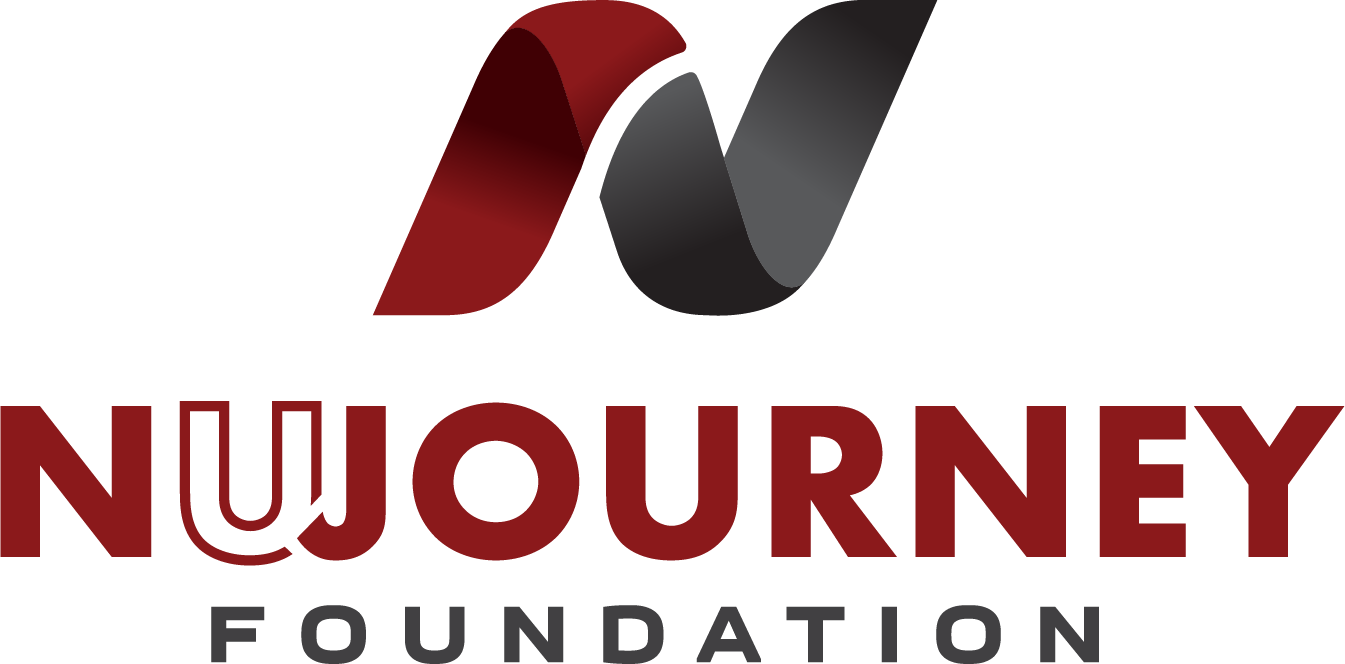Bridging the Gap: Turning Barriers Into Opportunities
Underserved communities face systemic challenges that hinder financial stability and independence. From limited access to education to discriminatory financial practices, these barriers perpetuate cycles of poverty. Bridging the gap means creating pathways for financial empowerment and equity.
1. Access to Knowledge
Many lack basic financial education, making it hard to navigate financial systems. Accessible, culturally relevant programs provide the knowledge and confidence needed to take control of finances.
2. Breaking Systemic Barriers
Historical inequities like redlining and lack of credit access make wealth-building difficult. Partnering with financial institutions and offering resources like credit repair and home-buying workshops can help dismantle these barriers.
3. Building Community Resources
The absence of financial infrastructure in underserved neighborhoods isolates individuals. Creating community hubs, leveraging technology, and offering virtual tools can connect people with the resources they need.
4. Fostering Generational Wealth
Many focus on survival over building a legacy. Financial literacy programs on investing, entrepreneurship, and estate planning empower families to create wealth that lasts.
5. Changing the Narrative
Shifting the focus from “survival” to “possibility” through success stories and celebrating small wins helps build a culture of empowerment.
The Path Forward
Bridging the gap is about more than tools—it’s about creating a supportive ecosystem that turns barriers into opportunities. Together, we can empower underserved communities to build wealth, break cycles of poverty, and achieve lasting financial freedom.
